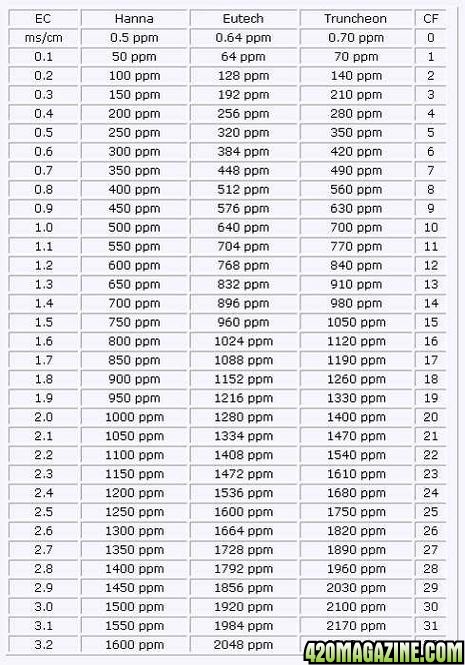- Thread starter
- #1,441
I ordered seed last night, but left out Chocolope Haze. I couldn't find fem and I'm not happy with any balls near me except... Just ask my cat, he found out.
Someday, I'll deal with it. Description is of a plant that can be mastered by experts. A worthy challenge perhaps, reading into your desire for more.

It's good stuff - first weed to really make a marked improvement on the nerve pain I deal with - the indicas knock me out and make me forget about it, but the Chocolope took the pain away and replaced it with warm pleasant tingling or made the pain just go away.
It's also great for daytime use, as my productivity seems to improve with Chocolope. Lucy does that for me too, but not quite as well as the Chocolope.
Taste and flavor are amazing too. Mine doesn't taste so much like chocolate, but quite a bit like fruity pebbles.
I'm so bummed that I only have a few nugs left... I highly recommend this for anyone with nerve pain, or anyone who likes a good uplifting motivating high. Seems like it's often hard to find in stock. I wish I'd have ordered more, but if my last one germs okay, she'll be a tiny little mom in a coco coir filled smart pot. She's feminized --- I think... hm.










 and let me know if I can ever answer any questions about the Flo N Gro or anything else for that matter!
and let me know if I can ever answer any questions about the Flo N Gro or anything else for that matter!  to
to 